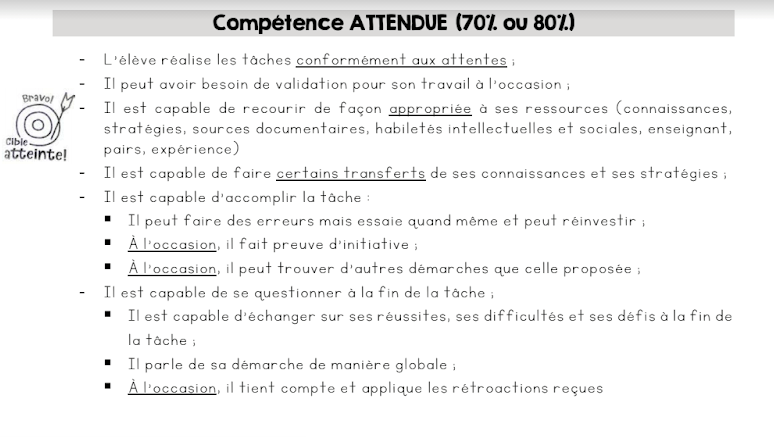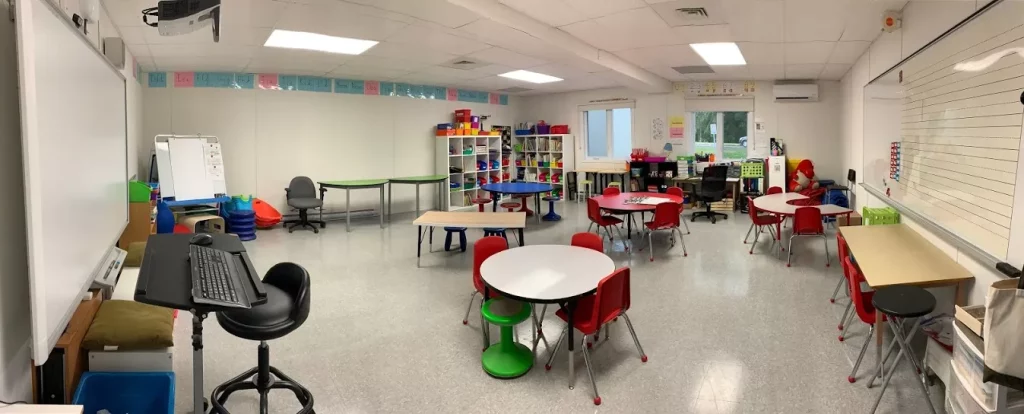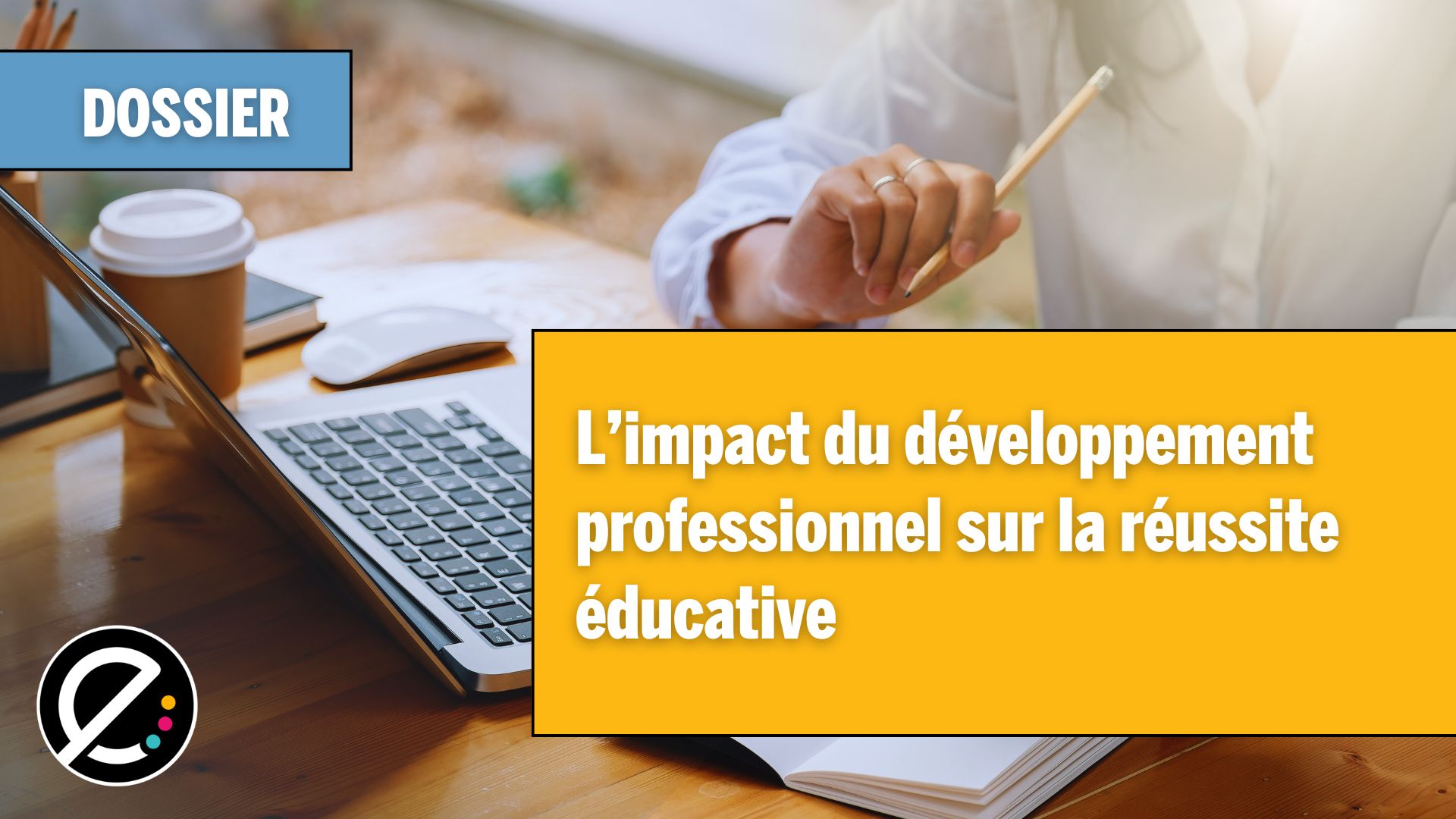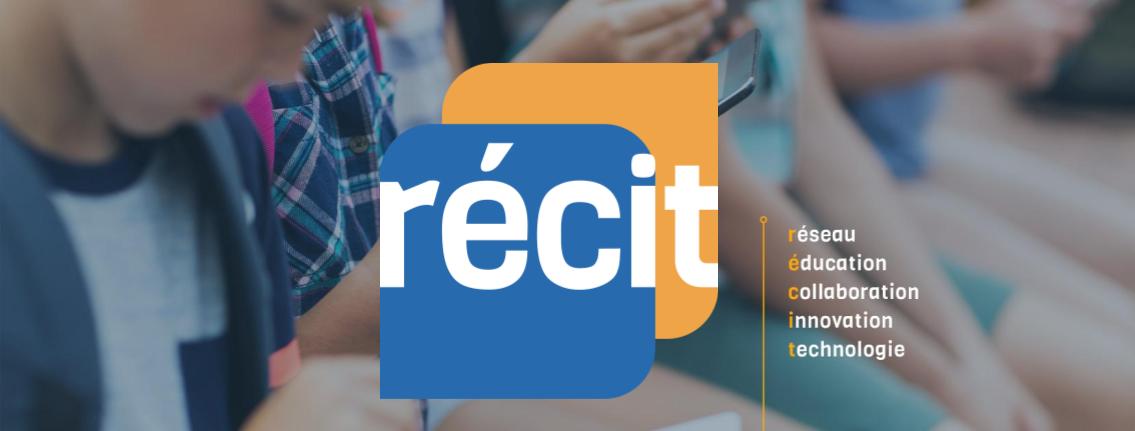Par Annie Guay, enseignante 1re-2e année et leader pédagogique à l’école L’Accueil à Scott, Centre de services scolaire de la Beauce-Etchemin.
« N’ayez pas peur de penser en dehors de la boîte! Ne soyez pas inquiets de vous tromper magistralement et de rêver grand! Car rappelez-vous : les rêves, s’ils n’ont pas de but, resteront toujours des rêves. »
– Denzel Washington
J’aurais voulu entendre cette citation plus tôt dans ma carrière. L’équipe-école dans laquelle j’évolue avait tous les talents, toutes les opportunités pour réussir, mais aussi toutes les chances de se tromper. Elle a choisi d’aller de l’avant… et elle a gagné son pari.
À l’automne 2018, nous nous penchions sur la motivation à écrire de nos élèves. C’était l’une de nos vulnérabilités. Nous espérions y remédier et nos ambitions n’avaient pas de limite. Nous étions déterminés à trouver une façon d’engager nos élèves sur le chemin du plaisir d’écrire. Notre leader pédagogique nous a alors donné du temps (quelle belle reconnaissance ce fût d’avoir le temps de travailler ensemble sur nos heures de classe) et le matériel (nous avons presque une carte fidélité chez Chenelière) pour nous permettre d’explorer et de penser autrement l’enseignement de l’écriture.
Pendant deux ans, nous avons tourné en rond dans un sens, puis dans l’autre. Pour obtenir quelque chose que nous n’avions pas, il nous fallait essayer quelque chose que nous n’avions jamais essayé. Mais quoi? Fort de cette idée, nous continuions d’avancer. Nous avons passé du temps à lire des textes d’élèves, à construire des trousses de lecture pour les encourager à écrire et, au bout du compte, nous ne voyions toujours pas de progrès dans leur motivation.
Ne voyant p11s l’issue, nous nous sommes tournés vers la conseillère pédagogique rattachée à notre école. Son éclairage allait tout changer! Un constat est apparu : il fallait s’appuyer sur la recherche et les données probantes pour élaborer notre plan de match.
Des heures à fouiller la Progression des apprentissages, à sortir les savoirs essentiels pour chaque cycle (c’est qu’il est un brin ambitieux le programme), pour finalement aboutir à des séquences d’apprentissage qui nous donnent des moyens pour enseigner l’écriture à nos élèves.
Collaboration et conversations courageuses
Nous avions un plan pour développer le plaisir d’écrire chez nos élèves, mais nous étions quand même arrivés à un autre constat inattendu : développement de compétences et évaluation chiffrée ne pouvaient plus aller ensemble.
Nous avons alors choisi de préciser les comportements attendus en fonction des apprentissages. Nous n’étions pas au bout de nos peines et de longues heures de rencontres et de travail nous attendaient encore. Cependant, nous avions toujours le soutien de notre leader pédagogique et de la CP du centre de services scolaires. Elles ont fouillé partout pour faire ressortir la littérature existante en lien avec des barèmes critériés et une équipe d’enseignants s’est lancée dans l’élaboration d’un nouveau modèle en lien avec les valeurs et la mission de l’école.
Fait étonnant : une seule assemblée d’enseignants aura été nécessaire pour que tous s’entendent sur ce nouvel outil qui a été déposé quelques mois plus tard. Pas si étonnant que ça quand on y pense puisque la réflexion en équipe avait été amorcée bien en amont. Nous avions enfin un dispositif qui reflétait l’ensemble de la démarche que nous avions débutée deux ans plus tôt.
Collaboration et conversations courageuses ont été présentes tout au long de la démarche et c’est, je crois, ce qui a permis à tous les intervenants de se sentir concernés par le processus. À force de travailler ce terreau pédagogique cher à nos yeux, nous avions devant nous un barème qui allait dans le sens du développement de compétences inscrites au programme de l’école québécoise version 2.0.
À l’automne 2019, nous avons finalement élaboré un tout nouveau barème. Fini les 72 échelons et le vocabulaire incompréhensible, comme « souvent; la plupart du temps; nettement ». Nous avions un barème qui allait nous permettre de discuter plus clairement avec les parents et, surtout, avec les élèves de leurs progrès et des défis à relever. Ce nouvel outil a été chaleureusement accueilli par tous les intervenants de l’école, et même par les parents de nos élèves..
Je vous laisse y jeter un coup d’oeil.

Depuis ce temps…
Cela fera bientôt deux ans que nos cibles d’apprentissages sont utilisées. La façon de faire est claire pour les élèves et leurs parents. Nous avons des discussions en lien avec le cheminement de l’enfant, nous créons des groupes de besoin en lien avec les séquences d’apprentissage et nous offrons aux élèves des chances de se reprendre. Encore plus important, les élèves savent qu’ils peuvent se tromper et apprivoiser l’erreur. Car faire une erreur, c’est la preuve par excellence que tu as essayé. Les cibles à atteindre sont visibles à l’élève et elles contribuent à le rassurer, à l’amener à se dépasser et cela devient une magnifique démonstration de son engagement.
À l’école l’Accueil, une petite école primaire de 260 élèves située à Scott, il n’y a plus aucune note chiffrée de la maternelle à la 6e année. Tous les enseignants utilisent maintenant les cibles. Nous avons revu nos grilles d’observation en fonction des critères d’évaluation. C’est tellement plus aidant pour les élèves qui entendent le même vocabulaire tout au long de leur primaire. Nous avons réussi à harmoniser nos pratiques au bénéfice de l’apprentissage.
Nous offrons énormément de rétroaction à l’élève lorsqu’il est dans une séquence d’apprentissage, plusieurs évaluations formatives et nous terminons par une évaluation qui tient compte des critères de la compétence et qui permet à l’élève de se situer par rapport aux cibles d’apprentissages.
On a rêvé grand et on rêve encore! Maintenant, nous rencontrons des équipes d’autres écoles de notre CSS et même d’ailleurs au Québec. Nous tentons d’inspirer le changement, un enseignant à la fois.
Si vous avez le goût d’en savoir plus sur nos façons de faire, n’hésitez pas à communiquer avec nous.
Approuvé par l’équipe d’accompagnateurs d’équipe collaborative de Scott : Mélanie Vigneault, Joannie Bélanger et Johanne Morin
En complément
- Atelier CréaCamp : CHANGER SA FAÇON D’ÉVALUER : L’HISTOIRE DE L’ÉCOLE L’ACCUEIL DE SCOTT (Rediffusion pour les membres)
- Magazines : Réévaluer l’évaluation, Les nécessaires adaptations de l’enseignement et de l’évaluation
- Elles étaient quatre, qui voulaient se battre… euh non! Qui voulaient faire autrement…






